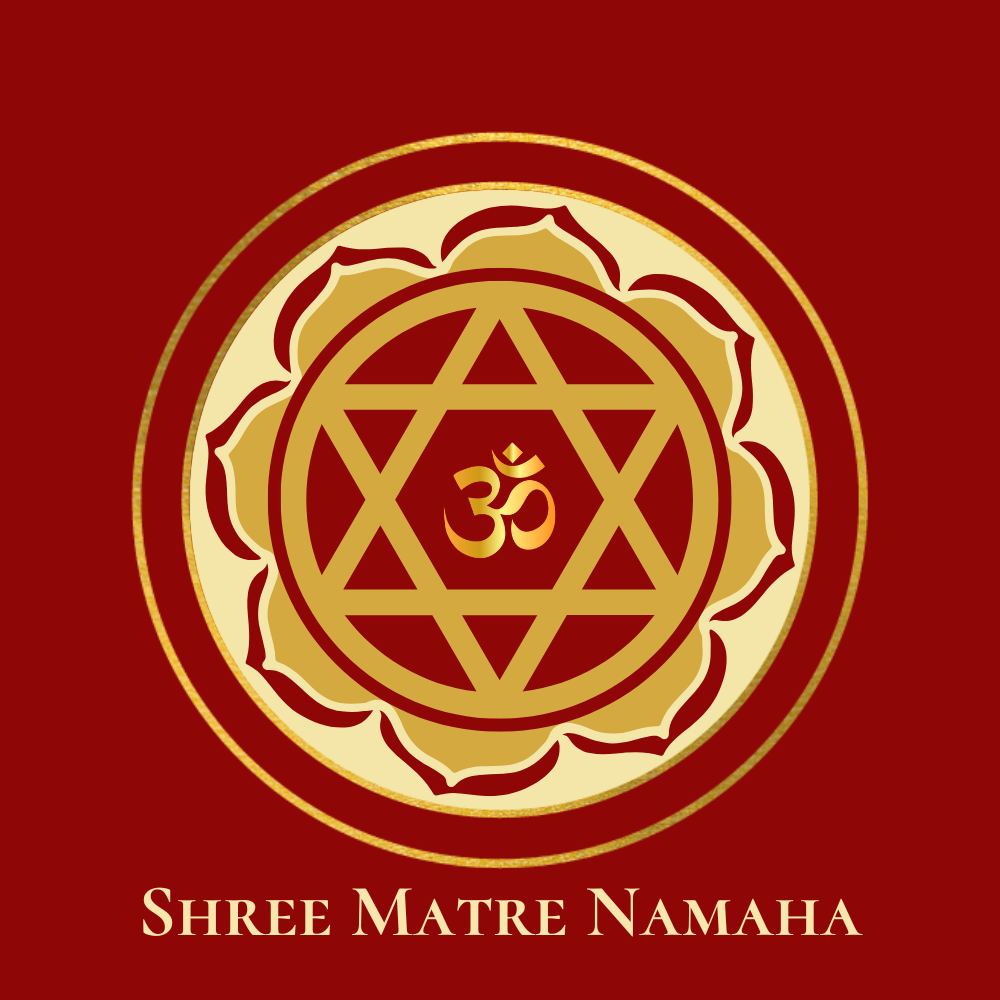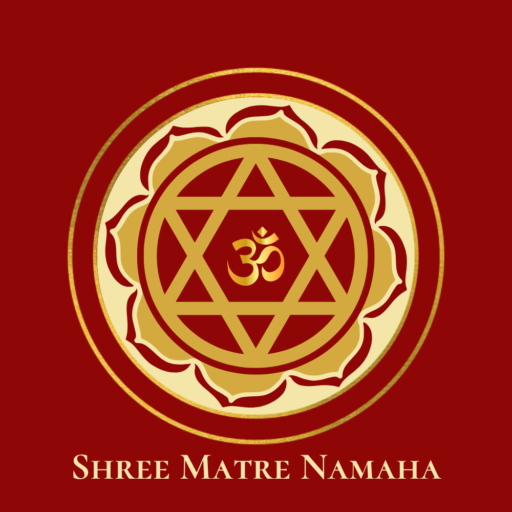My 6th video about linga vadivangal #spirituality #lingam #6thvideo #deivavazhipaadu
This is the sixth video I’m releasing today, coming straight from Kolathur. In this one, I’ll be sharing insights about the various forms and idols of Lord Shiva. My neighbor, Vinod, suggested I talk about Shiva idols, and I thought, why not? So today, let’s explore this fascinating topic!
Since today is Pradosham, discussing Shiva idols is especially meaningful. When we think of a Shiva idol, the most common form we see is the Lingam. The Lingam, or Linga Swaroopa, can be made of various materials—stone, wood, clay, copper, brass, silver, or even gold. In contrast, Lord Vishnu (Perumal) is typically depicted standing, sitting, or reclining in temples. Even among his ten avatars, Vamana does not have a fixed form and is often represented as Trivikrama. However, Lord Shiva has 64 distinct forms.
At the Chidambaram temple, you can see numerous sculptures depicting these forms. The famous thousand-pillar hall showcases various intricate carvings, especially those related to dance, as Chidambaram is known for its connection to Lord Nataraja. The sculptures on the temple’s pillars are remarkable, and I encourage everyone visiting temples to take time to admire them. If you ever visit the Mylapore temple, be sure to see the Raja Gopuram, which is adorned with stunning artwork.
When visiting temples, don’t just rush through—take a moment to appreciate the idols, the pillars, and the towers. Each structure has its own legend and history.
Different Types of Shiva Lingams
Now, let’s take a closer look at the Shiva idols I have here. I’ll also share a link to an Aashalingam. Many Lingams found in temples built by the Raja dynasty are circular in shape.
For worship at home, the Spatika Lingam (Crystal Lingam) is commonly used. It is delicate and must be handled with care, as it can break if dropped. Wooden Lingams, on the other hand, are better suited for display rather than worship with water, as moisture can damage the wood.
One of the best types of Lingams is the Bana Lingam, which originates from the Narmada and Ganges rivers. These are naturally shaped in an egg-like form and are often placed on a wooden base for stability. I will show how I have placed mine in the pooja room later.
Lord Nataraja and His Forms
Next, we move on to the Nataraja form of Lord Shiva, famously worshipped in Chidambaram. Nataraja is depicted dancing with his left leg raised and his right leg firmly planted. His consort, Shivagami, is the Shakti counterpart of Nataraja.
Now, the idol I am showing here has the left hand raised, which resembles Kali’s form. In contrast, Shivagami’s idol has two hands, with the left hand positioned downward and the right hand holding flowers or a mudra close to the body. Meenakshi’s idol, however, has her left hand extended outward, almost as if pushing away negative forces. Sivakami’s presence maintains balance, harmonizing divine energy.
Nataraja Across Tamil Nadu
Lord Nataraja’s idols vary from temple to temple. For example:
-
In Madurai, Nataraja is depicted with his right leg raised instead of the left.
-
In Tiruvahankottai, he is shown with eight arms instead of four.
-
In Koneri Rajapuram, one of the largest Nataraja statues in the world can be found.
-
In Vellore’s Porgovil, there is another grand Nataraja idol.
The Nataraja temple at Koneri Rajapuram was established during Raja Raja Chola’s reign, over a thousand years ago. The temple has deep historical and spiritual significance, with many stories linked to it.
The Somaskanda Form
Moving on, let’s discuss the Somaskanda form of Lord Shiva. This form features Lord Shiva with Uma (Parvati) and Skanda (Murugan). The bull (Nandi) is an integral part of this representation, as Somaskanda cannot be depicted without it.
During Pradosham, a special deity known as Pradosha Murthy is worshipped. This form of Shiva is depicted alongside the goddess, symbolizing divine unity. It is believed that Shiva’s presence in the temple during Pradosham purifies everything, and the Abhishekam (sacred bath) is performed for this deity.
The Importance of Passing Down Traditions
I firmly believe that it is important to pass down our traditions to the next generation. Children are naturally curious, and they often ask about the idols and rituals. Instead of hiding our spiritual heritage, we should proudly display and explain it to them.
For example, I have set aside a special shrine for Lord Nataraja, where I perform Abhishekam and puja during Arudra Darshanam, a festival celebrated four times a year in select temples.
The Bhairava Murthy
Now, let’s discuss the Bhairava form of Lord Shiva, which represents his fierce aspect. Bhairava is often confused with Veerabhadra, but they are different manifestations of Shiva.
-
The most famous Kala Bhairava temple is in Kashi (Varanasi).
-
In South India, Bhairava is often depicted with a dog, which serves as his vehicle.
-
He is shown holding a damaru, trident, and kapala (skull cup).
It is customary in many Shiva temples to leave the temple keys with Bhairava at night, symbolizing his role as the guardian of the temple.
The Magnificence of Somaskanda
One of the most remarkable Somaskanda idols I have seen was at Sripuram in the Thondai Mandalam region. Here, Somaskanda is worshipped alongside Easwaran and Manonmani, a form of Parvati. Unlike other representations of Parvati, Manonmani has only two hands. In Tiruvannamalai, Somaskanda is always accompanied by the goddess, as he is never taken out for a procession alone.
Conclusion
Today, we explored several divine forms of Lord Shiva, including:
-
The Lingam (in different materials)
-
Lord Nataraja and his variations
-
Alinganamurti (a form symbolizing divine embrace)
-
Pradosha Nayakar
-
Bhairava Murthy
Each of these forms has its own unique symbolism and significance. In the upcoming videos, I’ll delve deeper into each one, with images and detailed explanations to help you understand them better. Stay tuned!
——————————————————
Youtube Videos on Shiva Forms :
- My 7th video about Sivan & Sakthi Vadivangal #spirituality #mahaperiyava #hinduism #idol #hindugod
https://www.youtube.com/watch?v=2GrqPPWiIB4
2.8th video Sivan & Sakthi Vadivangal Part-2
https://www.youtube.com/watch?v=EiASbsGkk8M
3.My 9th video is the continuation of sivan & Sakthi vadivangal #spirituality #sivan #hindugod
https://www.youtube.com/watch?v=vAlSIKPloUM
4.My 10th video about Sivan & Sakthi vadivangal #spirituality #sivan #hindu #hindugod
https://www.youtube.com/watch?v=-7S8uRGXVf8&t=450s
5.My 11th video about Theenda Thirumeni #hindugod #spirituality #hinduism
https://www.youtube.com/watch?v=LTdBQ3pWHJA
6.My 12th video about Manonmani thathuvam & Pancha Nandi #spirituality #lordsivan #hindugod #lordsiva
https://www.youtube.com/watch?v=Vj_7AsG5JjE
- 13th video about Pancha Aarnya Sthalam & Sukravara Amman #hindugod #hindushakthi #spirituality
https://www.youtube.com/watch?v=VLar00j-v6sMy
8.My 14th Video about Maanasa Devi & Eakapatha Moorthy #spirituality #hindugod #hindushakthi


